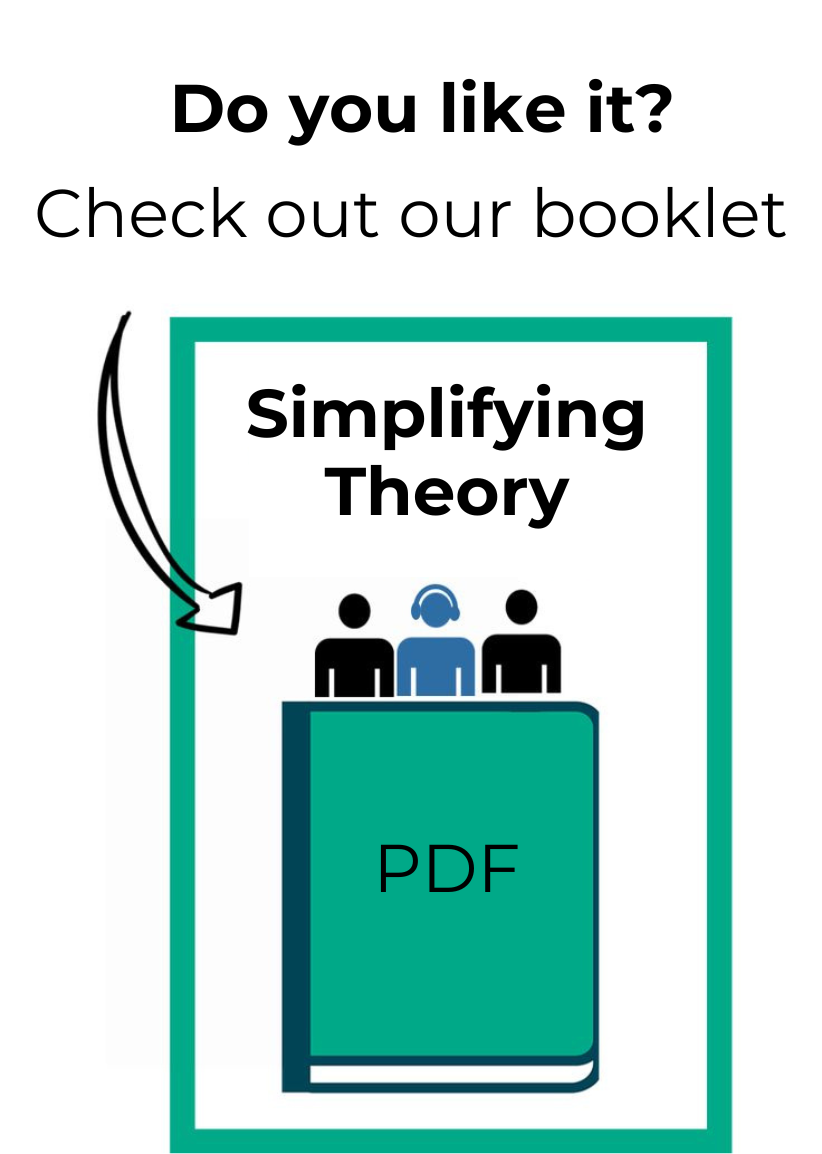Every musician addicted to the pentatonic is terrified of Jazz, after all, this style has many harmonic variations, far removed from the tonal songs that the virtuous “pentamusicians” are used to.
However, there is always that musician addicted to the pentatonic who wants to leave this limited life and learn jazz. This mission, however, ends up going down the drain most of the time, since jazz seems to be out of this world. That’s what we’re here for. We want to dispel this myth that jazz is not for everyone!
What is needed
We have some news for you that have studied and followed all the modules so far: you are already able to improvise in jazz!
That’s right, but before you leave here jumping of joy, calm down a little, as it will still take a little training and dedication.
We will not introduce any new concepts in this topic; we will only emphasize a few important points:
1) Jazz is usually rich in cadences and modulations.
2) The rhythmic pulse of jazz calls for a solo to accompany this swing.
So, let’s go. To improvise well in modulations and chord progressions, we have already said that it is important to safely master the music modes, so that you can stay in the same region of your instrument even if the song has changed its tonality.
For example, let’s say that jazz started in the key of C major and in the third bar the tonality changed to F major. If you were using the C Ionian scale, it would be interesting to continue in the same region of the instrument, changing the scale from C Ionian to C Mixolydian, instead of “skipping” to F Ionian. Try to keep your hand static during these transitions so that the improvisation will be fluid, without jumping like crazy looking for the Ionian modes of each tonality.
This is a way to develop the behavior and posture of those who play jazz. In relation to cadences, train a lot of improvisation on cadences II – V – I, exploring the resources we have for the dominant V7, especially the melodic minor scale and the altered scale (its sister), as jazz musicians use these scales to exhaustion.
When you spend a lot of time improvising in a II – V – I progression, you will get used to this sound and acquire an immediate reflex, a reaction that already develops the phrasing automatically when you see this cadence. The advantage of this is that jazz addresses this cadence a lot, so you will immediately recognize what is happening all the time and, of course, you will know how to behave very well over these progressions.
Then, also practice improvisation in some unusual cadences, such as deceptive cadences, to react well to surprises.
By being well trained in these two concepts (modulations and cadences), you will be able to position yourself well in any jazz.
To obtain a jazzy phrasing, listen to some musicians of this style and observe the “feeling” and rhythm with which they place the notes. Also practice the bebop scale a lot. Then take some jazz songs and train your improvisations on them. You will soon feel comfortable within jazz, and this will enrich your musical vision in an amazing way!
Go to: Module 12
Back to: Module 11
